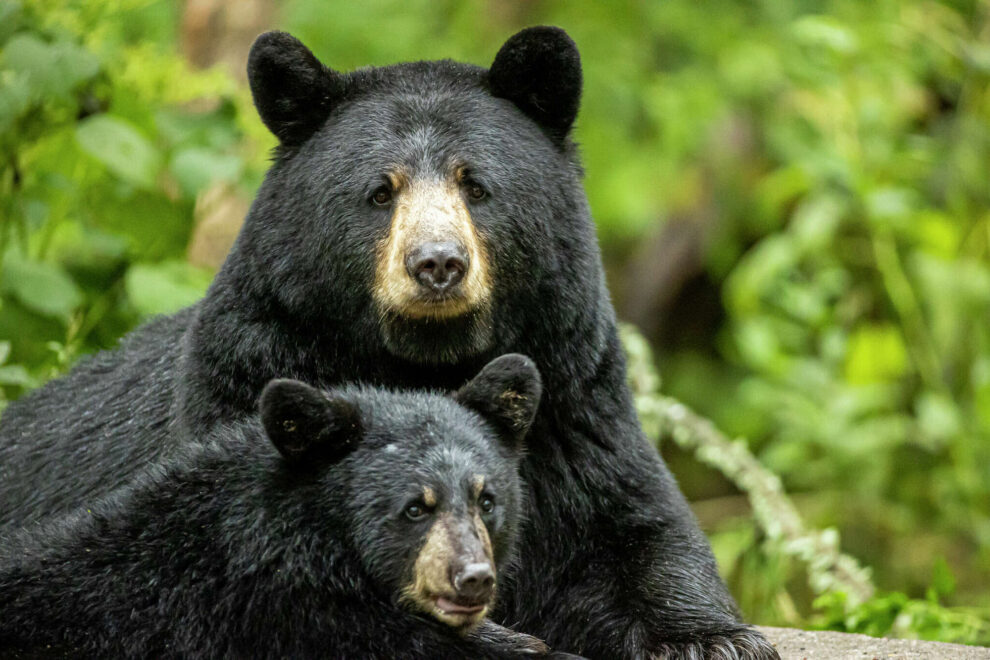Black bears will continue to be active until late November, which can make it dangerous for hikers and some residents in the area.
Curt Allen, Oklahoma Department of Wildlife Conservation senior wildlife biologist for the Northeast region, said what to do when encountering a bear is dependent on the interaction.
“Bears were naturally a part of the ecosystem here in eastern Oklahoma, and they’re finally reestablishing,” said Allen. “So for starters, just enjoy it for a minute, as long as you feel safe and comfortable.”
Allen said if a hiker notices a bear but the animal has not done the same, then the person can just back away slowly and vacate the area. If the bear has noticed the person, the hiker needs to talk or make some type of movement so the animal will be aware of the human presence; then, back away slowly.
Allen said most of the conflicts between human and bear revolve around food. To deter the large mammal, Allen said, people need to keep potential food sources to a minimum. Those include deer and bird feeders, food scraps, and trash.
“Bears are very food-driven all the time – maybe even more so than other animals because of the winter hibernation they go into. They have a shorter period of time to pack on weight that’s going to sustain them through that thinning season,” said Allen. “They’re after high-calorie food sources, and we are really good at producing high-calorie foods.”
Allen said black bears are very active from April all the way until late November, when they are going back into hibernation. Unless bears are in an area where they feel comfortable, such as a secluded forest, they are often more active at night.
An attack by the only species of bear in Cherokee County, a black bear, is highly unlikely. A bear attack on livestock is also atypical, with an exception of chickens and beehives. Allen said putting up an electric fence around chicken coops, beehives, fruit trees, blackberry bushes, etc. can help prevent the creature from causing problems.
Allen said if a bear is being aggressive, it will more than likely do a bluff charge to move the potential threat away from its food source or cubs.
“If it does seem like an attack is imminent or occurring, then people need to fight,” said Allen.
Yelling and throwing objects at the animal can help to steer it away, as well as the use of bear spray, which causes a sensory overload.
If there are any ongoing bear conflicts taking place, Allen said the Oklahoma Department of Wildlife Conservation should be called.
While bears do not need to be feared, Allen said people need to continue to respect the large animal.
“It’s not rocket science. It’s just that you have to be smarter than the average bear,” said Allen.
Source: Tahlequah Daily Press



























